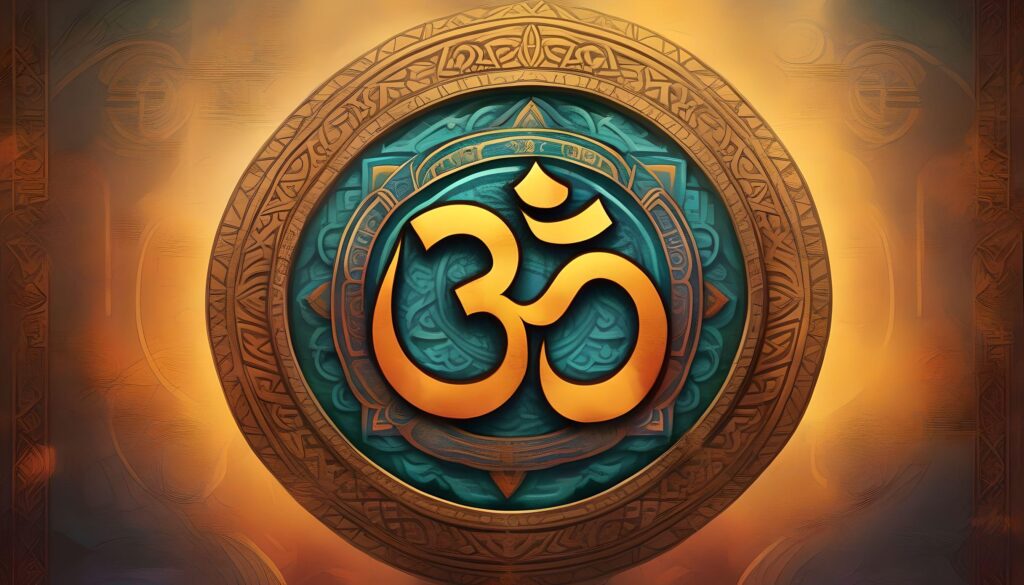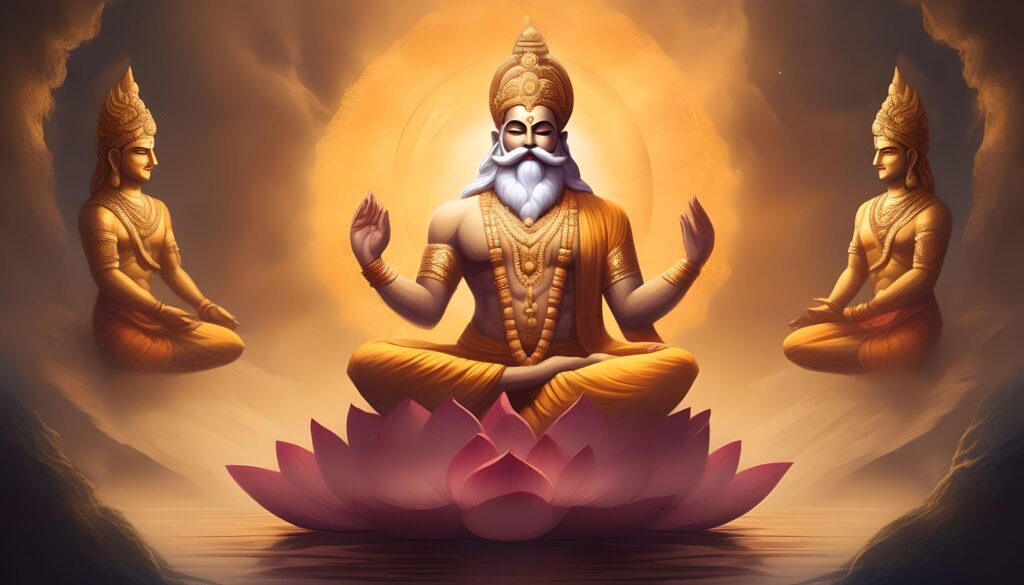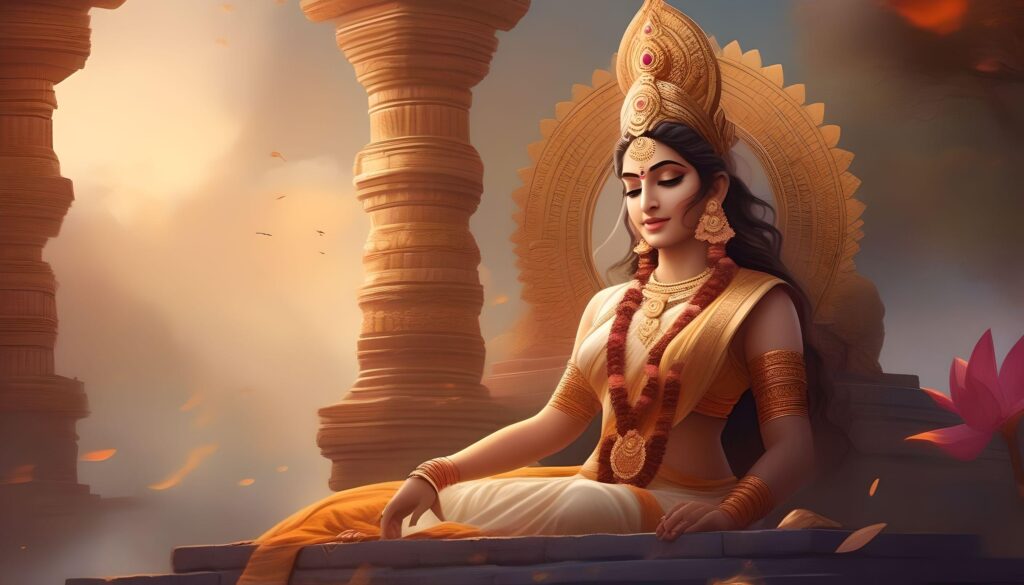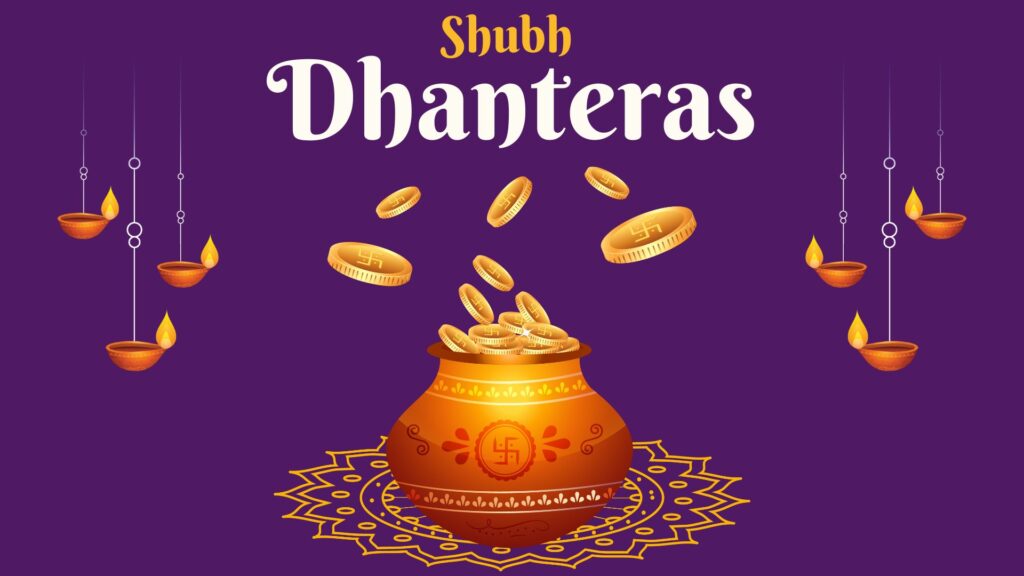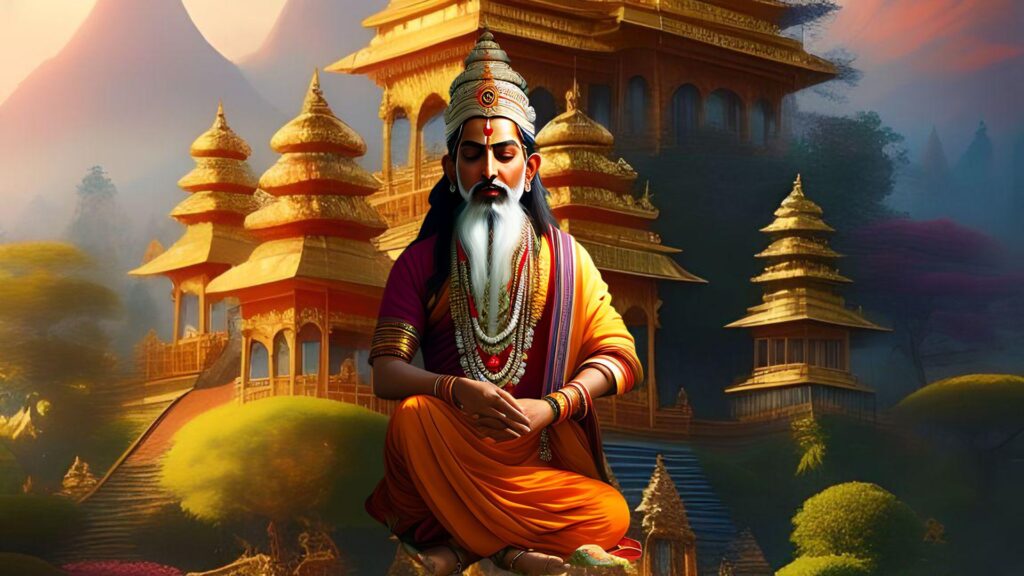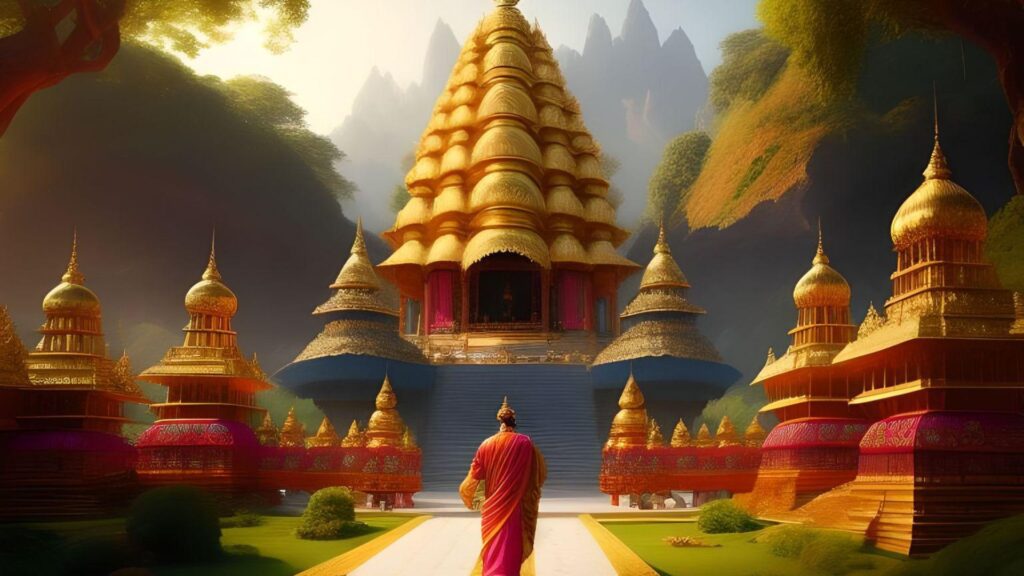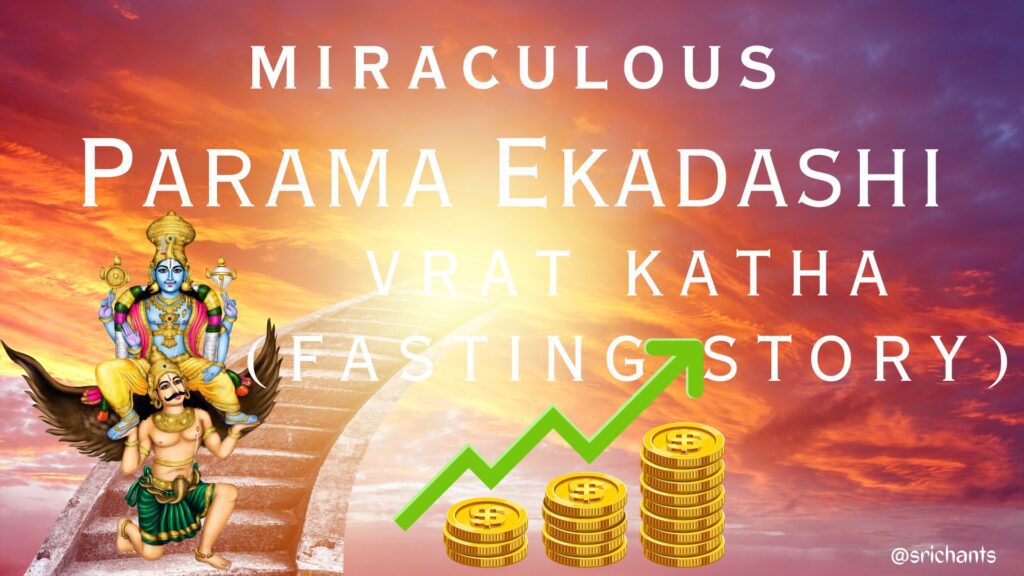Indian marriage: the top 23 points An Overview of Customs Related to Marriage in India: Wedding planning is often joyous and flamboyant, but when it comes to Indian weddings, the celebrations take on a previously unheard-of level of grandeur and cultural significance. Indian weddings are vibrant representations of love, heritage, and family history that are fashioned from a tapestry of regionally and socially specific traditions and rituals. Those attending Indian weddings for the first time, as well as brides and grooms, should have a thorough awareness of the complex customs and rites that give these events real meaning. This comprehensive guide will look at the essential elements of Indian weddings, such as the pre-wedding activities, clothing, traditions, and more.
Pre-Wedding Events: Celebrating Love and Togetherness
Indian matrimonial nuptials frequently extend over several days and encompass a sequence of pre-wedding activities. These occasions afford the union of both families, enabling them to commemorate and make arrangements for the principal wedding ceremony. The following are examples of prevalent pre-wedding events:
Mehndi Ceremony: The Art of Henna
A cherished tradition, the Mehndi ceremony involves the application of elaborate henna designs onto the palms and feet of the bride. There is a notion that a deeper henna discoloration signifies a more intimate connection between the partners. In addition to gathering at the bride’s residence for the ceremony, friends and family also contribute by applying henna to her hands. Frequently, the most elaborate henna designs are created by the bridal, encompassing elaborate patterns and motifs.
Sangeet: A Night of Music and Dance
The Sangeet is an exuberant festival that is replete with dance, music, and performances. It is customarily organized one to two days prior to the nuptials and is attended by close friends and relatives of both the betrothed and bride’s side. Choreographed and unscheduled lively performances fill the evening, exhibiting the talents of the couple’s loved ones. An occasion for festivity, companionship, and mirth.
Haldi Ceremony: The Turmeric Ritual
A paste composed of turmeric, sandalwood, and other auspicious substances is applied to the epidermis of the bride and groom during the Haldi ceremony. It is believed that the yellow paste will bestow good fortune, ward off malevolent spirits, and illuminate the wedding day of the couple. The paste is alternately applied to the couple’s face, arms, and legs by family members and acquaintances as a token of their well-wishes and blessings for the couple’s future.
The Main Wedding Ceremony: A Sacred Union
The primary wedding ceremony is the most significant and sacred portion of an Indian wedding; it marks the conclusion of all the pre-wedding events. During this ceremonial event, the engaged couple exchanges rings, solemnizes their vows, and transforms into an officially wedded union. Let us examine several fundamental components of the principal wedding ceremony:
Mandap: The Sacred Canopy
For the wedding ceremony, the mandap, an exquisitely embellished edifice, functions as the altar. Typically adorned with fabrics, flowers, and other ornamental components, it serves as a representation of the newlyweds’ residence. The wedding rituals are conducted under the mandap, where the bride and groom, their parents, and other close family members are in attendance.
Baraat: The Groom’s Procession
The Baraat is a dynamic and resplendent procession during which the groom enters the wedding venue in the company of his family and friends. The betrothed traditionally enters the ceremony atop an adorned elephant or horse, accompanied by music, dancing, and applause. The Baraat is an exuberant celebration that signifies the groom’s arrival and establishes an atmosphere for the subsequent festivities.
Kanyadaan: Giving Away the Bride
During the Kanyadaan, one of the most poignant events of the wedding ceremony, the parents of the bride formally hand over their daughter to the groom. An expression of sincerity, it signifies the parents’ confidence in the betrothed and their best wishes for a matrimonial union filled with joy and success. As a symbol of their union, the Kanyadaan is frequently accompanied by prayers, blessings, and the tying of the bridal and groom’s garments.
Saptapadi: Seven Sacred Steps
In Indian nuptials, the Saptapadi, also known as the Seven Steps, is an important ceremony. It consists of the couple taking seven steps together, with each step symbolizing a vow they exchange. These covenants comprise elements of their partnership, including affection, reliance, reciprocal regard, and assistance. A lovely moment, the Saptapadi serves to strengthen the couple’s dedication to one another and their joint voyage as life partners.
Mangalsutra and Sindoor: Symbols of Marriage
The Mangalsutra, an auspicious necklace, is a customary union between the husband and the bride during the matrimonial rites. It represents the couple’s matrimonial union and is thought to provide protection against malevolence. In contrast, the groom applies the Sindoor, a crimson vermilion powder, onto the bride’s forehead to symbolize her matrimonial status. Indian marriages attribute profound cultural and religious significance to these two symbols.
Attire: Colors, Fabrics, and Embellishments
Indian wedding attire is renowned for its lavish fabrics, vibrant hues, and intricate embroidery. Guests, including the bride and groom, frequently choose to don traditional attire that pays homage to the cultural legacy of the area. Consider the following in greater detail: the garments worn to Indian ceremonies
Bridal Attire: Lehenga or Sari
The attire of the bride is the central focus of an Indian wedding. Her customary attire consists of lehenga and sari garments, both of which are traditional Indian in style. A lehenga is an embroidered long skirt that is complemented by a blouse and a dupatta (a long shawl). In contrast, a sari is a long piece of fabric that is draped to form a garment. These garments are frequently adorned with crystals, sequins, and intricate embroidery, and are offered in an extensive array of hues and patterns.
Groom’s Attire: Sherwani or Kurta
The groom wears equally or more ornate attire as the bridal. His customary attire consists of a sherwani or kurta, both of which are traditional Indian garments for males. Kurta is a loose-fitting tunic paired with churidar or pajama pants, whereas sherwani is an elongated coat-like garment worn over churidar or pajama pants. Complementing the groom’s attire, which is frequently embroidered, embellished, and featured with intricate patterns and embellishments, is a fashionable headdress or turban.
Guest Attire: Festive and Colorful
Attendees of an Indian wedding are cordially invited to don vibrantly colored attire in order to partake in the celebratory ambiance. Sarees, lehengas, and other conventional garments are frequently chosen by women, whereas men may select kurta-pajamas, sherwanis, or suits. It is critical to adhere to the dress code specified in the wedding invitation and demonstrate respect for any cultural considerations that may be applicable, such as donning appropriate footwear or covering shoulders.
Traditions: Customs and Rituals That Make Indian Weddings Unique
Matrimonial ceremonies in India are replete with customs and ceremonies that have been transmitted across generations. Although these practices differ among communities and regions, they collectively enrich the diverse fabric of Indian wedding culture. Several prevalent customs that one might encounter at an Indian wedding are as follows:
Jaimala: Exchanging of Garlands
The Jaimala is an auspicious custom in which the bride and betrothed exchange floral garlands to symbolize their affection and acceptance. Frequently crafted from aromatic blossoms like jasmine, roses, and marigold, the garlands are exchanged amid jubilation and jubilation. This ceremonial observance denotes the amalgamation of two souls and the commencement of their shared voyage.
Varmala: A Competitive Exchange
Comparable to the Jaimala, the Varmala entails the bride and groom exchanging garlands in a lighthearted manner. In certain regions, however, the Varmala is modified to be more competitive. A frivolous attempt is made by members of the bride and groom’s family to uplift them during the exchange, which contributes to the ceremony’s lighthearted atmosphere.
Kankotri: The Wedding Invitation
The traditional wedding invitation in Indian ceremonies is the Kankotri. It is frequently an exquisitely crafted card with religious motifs, symbols, and intricate patterns. Kankotri functions as an official proclamation of the matrimonial union and is regarded by the couple and their families as a treasured memento.
Sangeet: Music, Dance, and Celebration
The Sangeet, which has been previously alluded to as a pre-wedding occasion, is an additional noteworthy custom observed during the main wedding ceremony. The Sangeet is an occasion for festivity, song, and dance, during which friends and family members gather to perform traditional folk dances and melodies. It is an exuberant demonstration of affection and elation for the couple.
Bidaai: The Farewell
A poignant and emotional occasion in an Indian wedding, the Bidaai. The bride bids farewell to her family and departs from her childhood home in order to begin a new life with her future spouse during this ceremony. Family members frequently join in weeping, embrace, and bestow blessings upon the Bidaai, which signifies the passageway from one stage of existence to the next.
Food and Festivities: Feasting and Merriment
An Indian wedding would be devoid of an extravagant banquet and a vivacious celebration. The cuisine of India is renowned for its opulent tastes, fragrant seasonings, and wide array of regional specialties. As we explore the cultural celebrations and gastronomic pleasures that imbue Indian weddings with lasting impact:
The Wedding Feast: A Gastronomic Delight
Indian wedding feasts are frequently opulent affairs, featuring an extensive selection of dishes that accommodate various palates and preferences. Typical vegetarian and non-vegetarian options on the menu include butter chicken, dal makhani (lentil curry), biryani (a fragrant rice dish), naan bread, and an assortment of candies and desserts. It is an ode to gastronomic pleasures and an exhibition of exquisite flavors.
Dancing and Celebrations: The Night Is Young
Indian matrimonial ceremonies are renowned for the exuberant and jubilant sequences of dance. Guests of all ages join the dance floor in an effort to move to the rhythms of contemporary and traditional music. Frequently, popular dance numbers and Bollywood melodies are performed, and attendees exhibit their finest moves. The dance floor is transformed into an environment filled with exuberance, festivity, and unbridled mirth.
Fireworks and Lighting: Illuminating the Night Sky
Indian weddings frequently incorporate spectacular lighting displays and pyrotechnics to embellish the ambiance of the celebrations. Brilliant pyrotechnics illuminate the nocturnal expanse, furnishing an enchanting setting for the festivities. Adorning the venue are lanterns, fairy lights, and other ornamental components that foster a convivial and inviting atmosphere.
Conclusion: A Celebration of Love and Tradition
Indian matrimonial ceremonies exemplify a splendid fusion of affection, custom, and societal legacy. Every facet of an Indian wedding is imbued with significance and symbolism, ranging from the vibrant attire to the elaborate rituals and lavish feasts. Observing an Indian matrimonial ceremony provides an indelible opportunity to appreciate the opulent fabric of Indian society while commemorating the sacred union of two individuals. Therefore, wholeheartedly partake in the celebrations, fully engage in the customs, and forge enduring legacies.
It is important to bear in mind that Indian wedding traditions may differ according to the region and community. Always make an effort to become acquainted with the particular customs and protocol of the wedding that you are invited to. You will be able to participate in and completely appreciate the joyous celebration of unity and love that is an Indian wedding if you take these steps.

